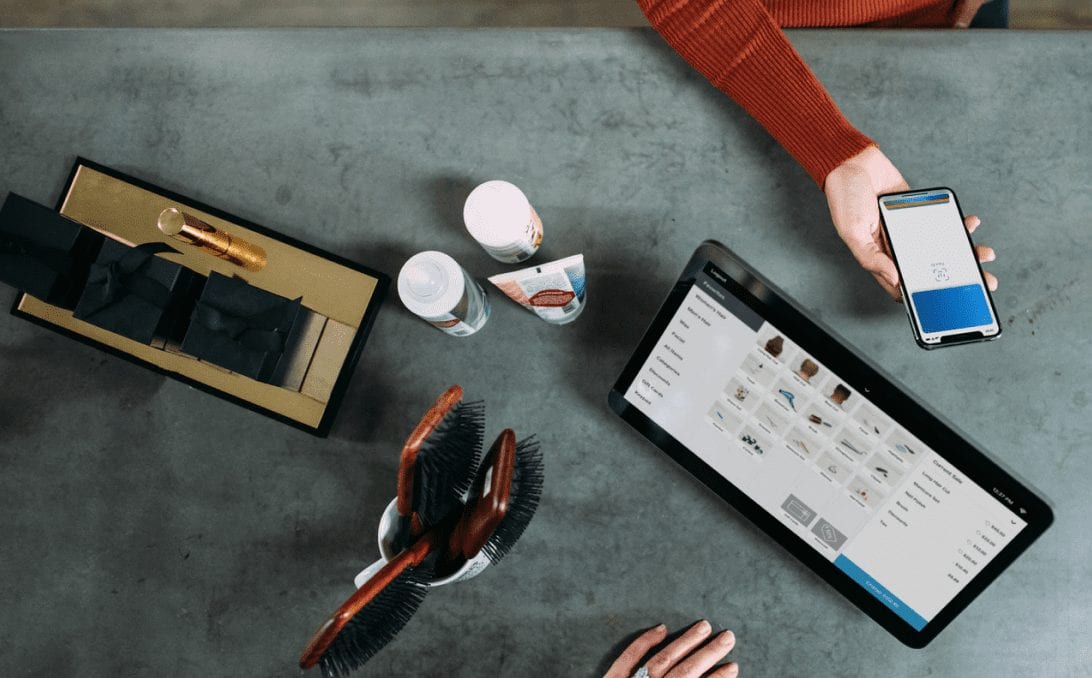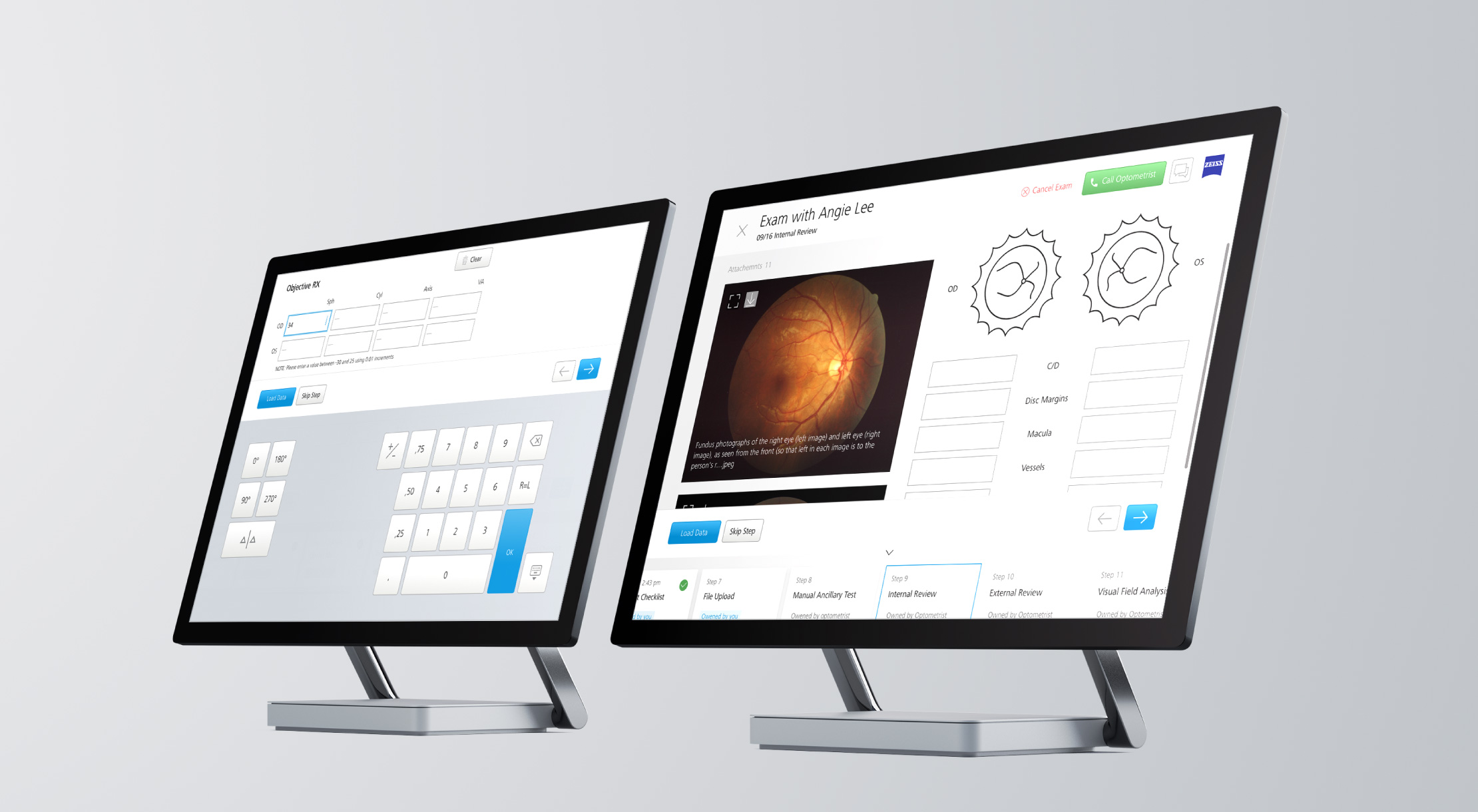Helping ZEISS digitally transform the eye exam

Star Strategy
Defining powerful endgames for your business and how to achieve them
Explore our expertise
Star Design
Transforming vision into human-centered digital and physical experiences
Explore our expertise
Star Engineering
Building and developing
full stack scalable technology solutions
Explore our expertise
Our latest thinking
Explore thought-provoking content from Star Experts on technology, design and key industries
Read now
Trend reports
Feature-length content on technology, transformation, industry evolution and the people behind all this change
Learn now
Podcasts
Discover how today’s brightest minds ensure their ideas, products and goals truly shine
Listen now
Star Radar
Explore our most recent newsletter episodes and what’s been pulsing around here
Subscribe now

Automotive & Mobility
Anticipating driver
and passenger needs
Explore our expertise

HealthTech
Tackling today’s most immense
healthcare challenges
Explore our expertise

AdTech & MarTech
Driving delight through impactful
user-centric solutions
Explore our expertise

FinTech
Co-creating new
FinTech ventures & products
Explore our expertise
Why Star
At Star, we work relentlessly to make every great idea, every great person and every great company shine
Explore now
Job Openings
Find your dream job. Browse available opportunities and match your skills and experience to an incredible role
Explore now
Training Camp
Take your career to the next level and receive hands-on experience through top-class mentorship and tailor-made programs
Grow with Star
Our company
Meet our global team of product creators and discover how Star sees the world
Learn more
Endgame Thinking
Enabling businesses to become proactive architects of their future
Learn more
Meet our founder
Explore first-hand groundbreaking insights
Learn more
M&A
Become part of Star and join our growth journey
Learn more

Founded in 1846 and headquartered in Germany, ZEISS Vision Care is one of the largest optics and optical equipment manufacturers globally. To ensure their continued success, ZEISS wanted to digitally transform their product-service offering, transitioning from providing purely physical products, such as optics and equipment, to also offering digitally connected and enhanced solutions.
ZEISS Vision Care sells through many channels, including vision care centers in retail stores. This is a convenient way for eye-care customers to get their eyes examined or buy new spectacles on the spot. However, an optometrist, who is uniquely qualified to provide a prescription for lenses, may not always be available at the time customers stop by.
This often means that customers simply go elsewhere, and ZEISS and their retail partners miss out on potential sales and revenue. In addition, optometrists are often underbooked at their practices due to a lack of patients, especially when they are located in remote areas. ZEISS set out to address these identified challenges by creating a telemedicine platform that connects patients and optometrists. This way, optometrists are able to provide eye exam services to patients remotely, via an online service that is easy to use and creates a trusted relationship between all involved.
ZEISS turned to Star to make this vision a reality!


“We enjoy working with Star particularly because of their outstanding solution- and goal-oriented thinking! They are always very motivated to accompany us on unused paths and even taking the lead and find ideas, no matter if it was a rough or precise briefing. The directions and solutions we get from them are always valuable, based on solid work and usually exceeding our expectations… as if they had understood exactly what we need - sometimes, without us even knowing ourselves!”
Star worked with ZEISS Vision Care to help bring the remote eye exam service to life. On the basis of ZEISS’ early vision, and a series of discovery workshops, Star helped ZEISS to define the overarching service design, especially as it concerns the ideal workflow for all participants in the digital service. In the course of the initial discovery phase, the Star design team explored, prototyped and tested various pre-versions of the final solution in an iterative way. Thanks to the user insights gained during this process, Star was able to conclude the phase with a validated blueprint for the subsequent implementation phase.
Eventually the engineering team at Star translated the proven concept into a running system.
Today, the first version of the VISU360 platform is live, fully functional and, most importantly, secure, thanks to full HIPAA compliance. Using the solution, optometrists can manage their personal availability and get a full overview of their schedule. This way, optometrists can reduce idle time and service more patients at their preferred time of day. They can connect to the vision center remotely via video conference and perform the required services of reviewing the customer’s eye exam and prescribing new lenses. On the other hand, vision centers are now able to offer professional eye care services to their customers at any time during their opening hours.

“ZEISS Vision Care wanted to evolve its single-point, vision diagnostic platform to provide virtualized prescription eye care solutions. By partnering with Star to invent a category defining and secure Telehealth platform, it’s not only achieved that goal, but also generated market demand for its timely, clinical quality eye exams way beyond expectations.”
Perry Simpson,
Executive Director, US West
What we discover from each project opportunity applies not just to our ongoing and future projects but even to how we do things internally at Star.
On your journey to creating healthtech innovation, consider these essential digital health engineering lessons taken from our ongoing collaboration with ZEISS:
Service lines
Technology
We use cookies
That’s how we improve the website experience with analytics and personalization.
By continuing to browse you agree to our use of cookies. You can find more information here
